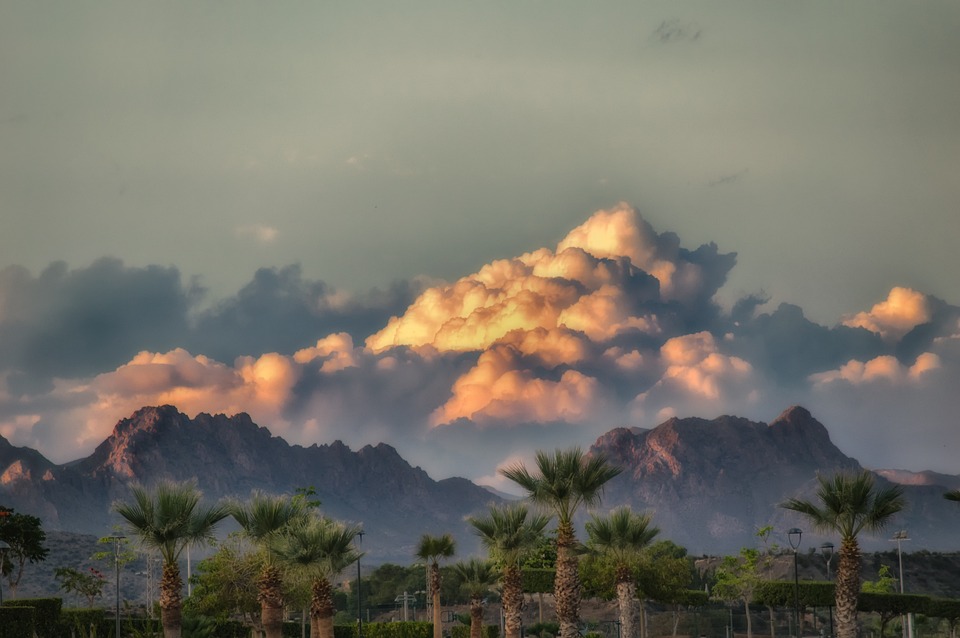Introduction
Almeria, located in the Andalusian region of Spain, is a city steeped in history and culture. From its ancient origins to its Moorish influence, Almeria offers a captivating journey through time. Join us as we explore the rich legacy that defines this enchanting city.
Ancient Origins
Almeria traces its roots back to prehistoric times, with evidence of human presence as early as the Neolithic period. The city’s strategic position made it a cultural crossroads, attracting various civilizations throughout history.
The Phoenicians established a settlement here around 950 BC, followed by the Carthaginians and the Romans. The city flourished under Roman rule, boasting impressive architectural structures such as the Alcazaba, a fortress that still stands as a testament to the city’s ancient past.
The Moorish Influence
During the 8th century, Almeria was conquered by the Moors, who left an indelible mark on the city’s architecture, culture, and cuisine. The Alcazaba, originally built by the Romans, was expanded and enhanced by the Moors, showcasing their architectural prowess and artistic flair.
One of the most iconic landmarks of Almeria is the Almeria Cathedral, also known as the Cathedral of the Incarnation. Built in the 16th century, it combines Gothic, Renaissance, and Baroque architectural styles, reflecting the different periods of its construction.
Modern Almeria
As Almeria progressed through history, it faced battles, sieges, and political changes. However, the city’s heritage has been meticulously preserved, allowing visitors to witness its historical significance firsthand.
Today, Almeria is a bustling city that seamlessly blends its rich past with modern amenities. The Alcazaba and the Cathedral continue to be major attractions, drawing tourists from around the world. The streets of Almeria’s old town, with their narrow winding alleys and traditional houses, evoke a sense of the city’s ancient charm.
The Almeria Heritage Festival
To celebrate its rich heritage, Almeria hosts an annual Heritage Festival, showcasing the city’s historical importance and cultural traditions. This vibrant event features various activities, including traditional music performances, dance shows, historical reenactments, and exhibitions.
During the festival, locals and visitors can immerse themselves in Almeria’s past, witnessing the customs, costumes, and folklore that have shaped the city’s identity. It is a unique opportunity to experience the vibrant tapestry of Almeria’s history.
FAQs
Q: How do I get to Almeria?
A: Almeria is well connected by air, with regular flights from major cities in Spain and Europe. There are also train and bus services available.
Q: What are some must-visit attractions in Almeria?
A: Apart from the Alcazaba and the Cathedral, other noteworthy attractions include the Museum of Almeria, the Cable Ingles, and the stunning beaches along the coast.
Q: Are there guided tours available to explore Almeria’s heritage?
A: Yes, guided tours are offered by local tour operators and tourist information centers. These tours provide in-depth insights into the city’s history and architecture, ensuring a memorable experience.
Q: What is the best time to visit Almeria?
A: The best time to visit Almeria is during spring (March to May) and autumn (September to November), when the temperatures are pleasant, and the city is less crowded.

